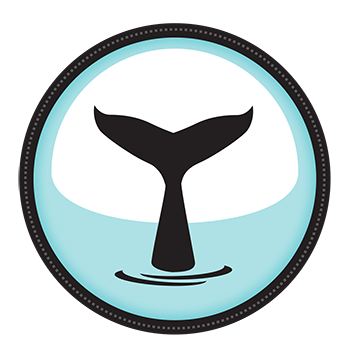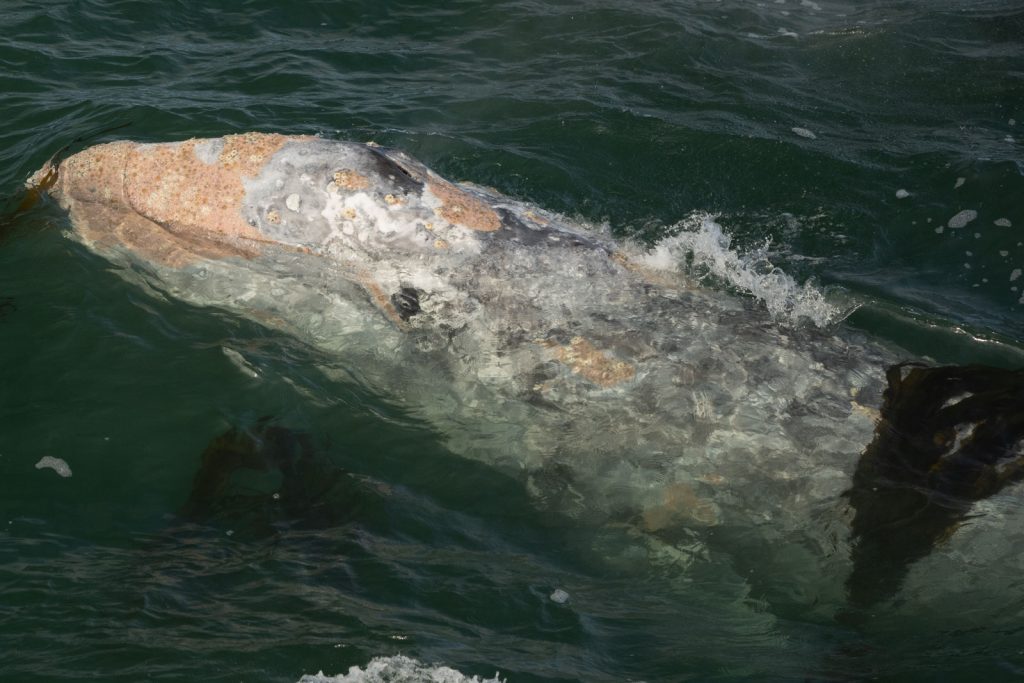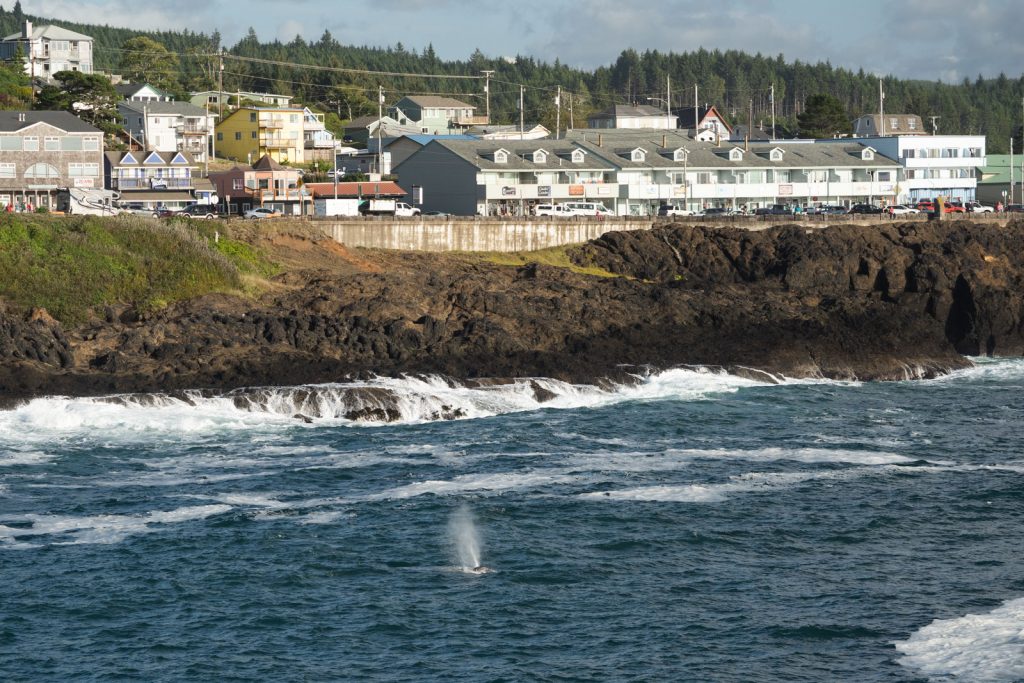Let's Get Started
So you want to see a whale. Let's make that happen.
Your best chance to see a whale in Oregon:
You'll be surprised how easy it is.
When: August and September
You can find whales off the Oregon coast at any given time, but the late summer and early fall are best.
Time: Morning & Early Evening
Whales are out all day, but you won't be fighting as much glare at these times.
Where: Depoe Bay, Oregon
You'll find whales from Brookings to Astoria, but you'll find the most in Depoe Bay. See maps below.
How Far: Near Shore
Look in near shore kelp. Also, look for whale watching boats. If they are stopped, they found whales.
Our Favorite Spots
In the summer and fall, these are our go-to locations.
Boiler Bay
The most obvious spot to watch for whales is from the point, but don’t forget to look in the bay which contains kelp beds.
Depoe Bay City Center
Stand pretty much anywhere along the sea wall and you’re pretty likely to spot whales, sometimes right by the shore.
Rocky Creek
There is typically an abundance of kelp close to shore. Keep an eye out for whale watch boats to help spot them.
Cape Foulweather
Bring your binoculars and telephoto lens. This spot offers unique head to tail views of gray whales from 500′ of elevation.
You know where to look, but what are we looking for?

Spouts
Spouting is the most common behavior and the easiest way to spot a whale. Just look for little puffs of white either against the horizon or against a blue sea.

Fluking/Tails
After a series of spouts a whale will initiate a dive to feed. If the water is deep enough and a dive is steep enough, a whale might flip it’s tail up. After a dive a whale will typically stay underwater for 3-5 minutes.

Sharking
While feeding in shallow water, whales will roll onto their side and stick half of their tail out of the water resembling the dorsal fin of a shark.
Less Common Behaviors



Gray whales typically feed on the sea floor, but you might see one come up while discharging water through their baleen. You might also catch a spy hop, when a whale pops its head straight out of the water. If you’re really lucky you might see a breach, which is when a whale launches a large portions of its body out of the water.



